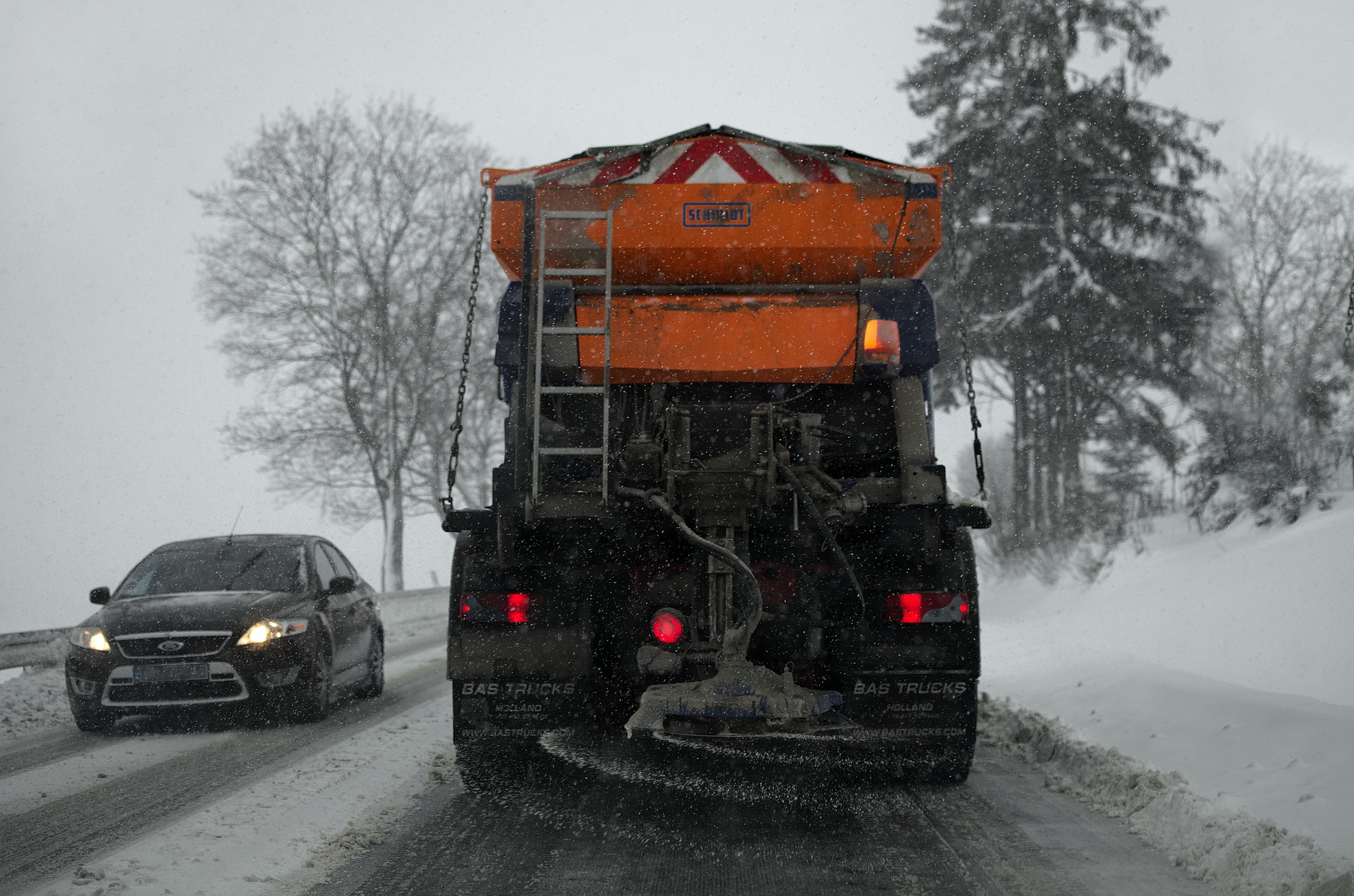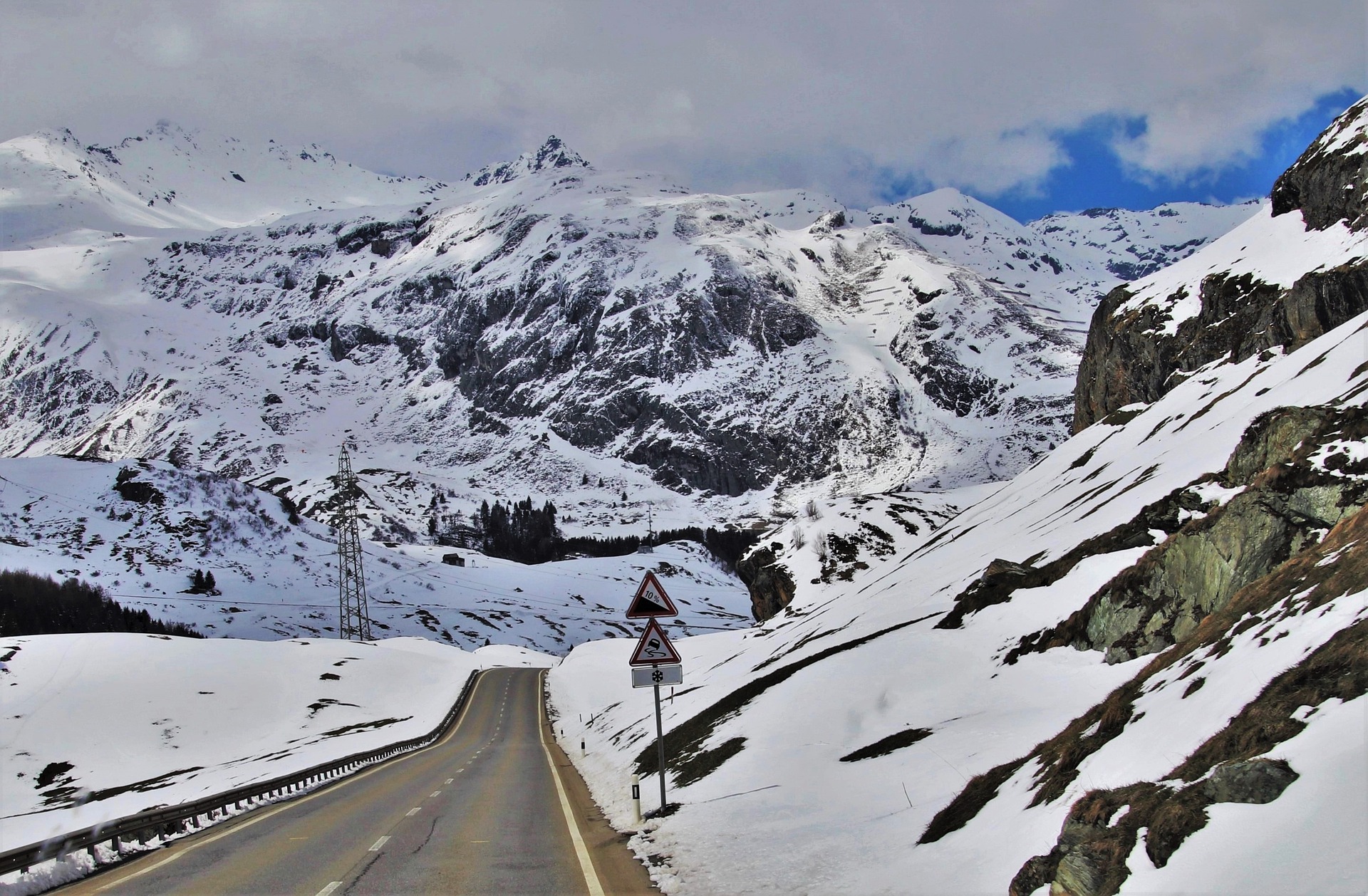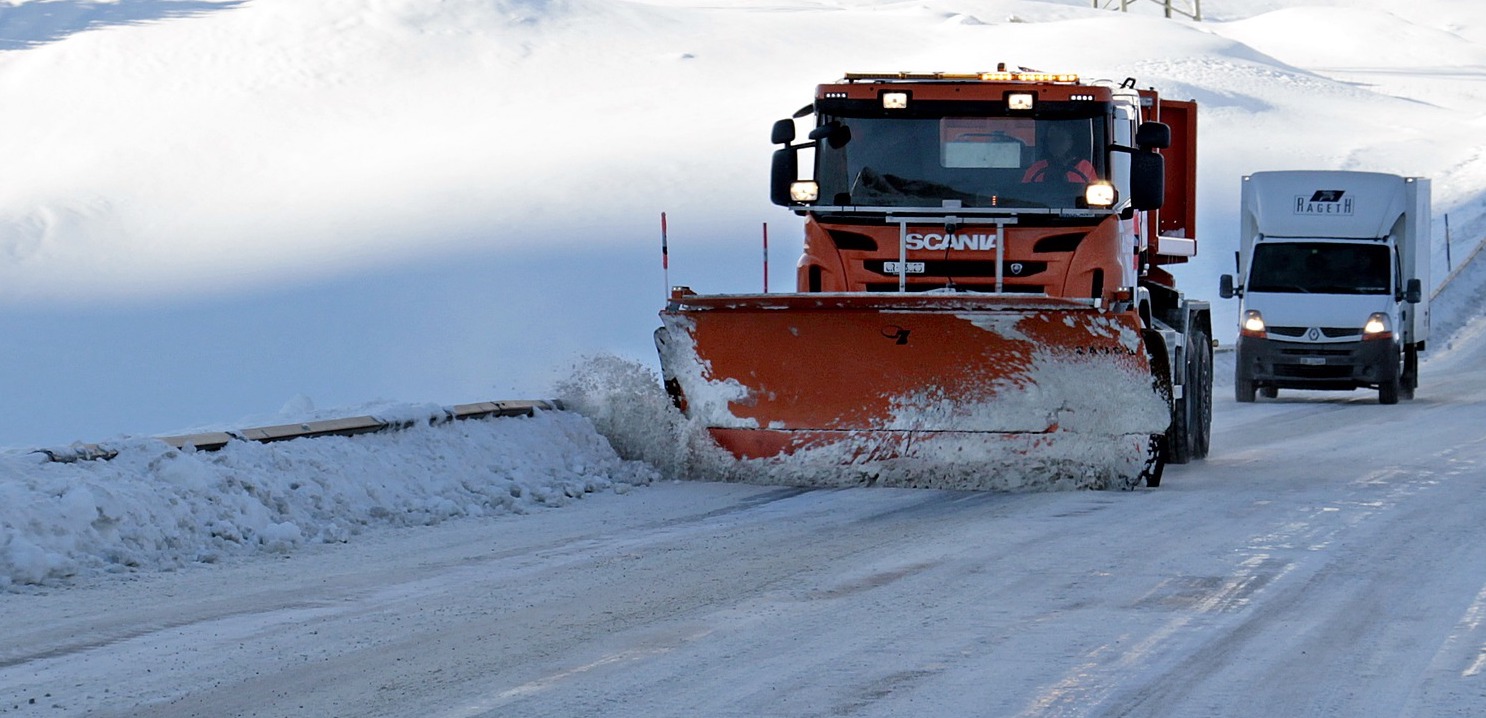Every year, when the winter season rolls around, snowplows take to the highways to keep the roads safe and available for all of us. They go above and beyond to clear snow from the roads, stop ice from building up, and work preventatively to keep storms from causing any more damage than necessary. Winter is on its way across the United States, and it’s time to make sure that you’re ready. Switching from your summer highway maintenance equipment to your winter setup doesn’t have to be a hassle for your roads department.
Types of Highway Snow Plows
Throughout the winter, you’ll likely see a variety of snowplows working the highways. From standard heavy-duty trucks with front-mounted plows to newer designs like underbody plows and tow plows pulled on a trailer, there are many types of plows that make quick work of clearing the roads. When mounted with JOMA-style blades or carbide-steel snow plow blades operators can keep the roads safe and clear of ice or snow.
Standard Front Snow Plow
When you think of a snowplow, the standard front plow is probably the one that comes to mind. Arguably the most common type of plow on the roads, these massive blades are usually mounted to the front of a plow truck and used to push most of the snow off the roads and into piles on the side.
Winged Snow Plow
Wing plows are attachments that mount to the side of plowing vehicles to extend the rig’s range and increase the amount of snow that can be plowed with each pass. They are often paired with front plows in areas with a high volume of snow to maximize effectiveness.
Construction Equipment Snow Plows
Skid steers, loaders, and other kinds of construction equipment have one main advantage that trucks don’t: maneuverability. While trucks have to take the time to reverse and swing around when they reach the end of a pass, machines like skid steers can simply turn around and keep plowing. The only real disadvantage, a lack of traction on steep slopes, can be overcome with the right aftermarket treads and accessories. Additionally, most kinds of plowing equipment with a snow plow cutting edge will mount equally as easily on a piece of heavy machinery as they will on a truck.
Highway Maintenance After a Snow Storm
Snowplows are called upon and expected to do their job before, during, and after a severe winter weather event. Unless the weather conditions are prohibitively bad, you’ll see these trucks out on the highways clearing roads with their plows and laying down salt to keep the streets clear of ice. As operators, we know first hand what highway departments need to keep their roads clear and safe for drivers throughout the winter. Keep your roads safe by contacting DMC Wear Parts today for leading highway snowplow parts, cutting edges, attachments, and expert advice.
Why Do Plows Distribute Road Salt?
In the winter months, salt is used on roadways to lower the freezing point of water, making ice and snow removal much more straightforward. Salt is often distributed before a major snowstorm is forecasted, in a process known as ‘anti-icing.’ This process prevents snow and ice from sticking to the road and freezing to the surface. Even if the storm has already started, it’s still not too late. Salt can be used to ‘de-ice’ and break down existing clumps of ice and snow. It can also be used to limit and melt black ice.

Limitations of Salt Use
When distributing salt, the goal is only to use the amount required for the temperatures, the kind of snow and ice, and the type of roadway. However, salt is only effective at melting ice when pavement temperatures fall within a specific range. Below pavement surface temperatures of 15℉, salt is not effective enough on its own to keep ice at bay. At that point, additional chemicals like magnesium chloride must be added to the salt to keep it working correctly.
Send us a message using the contact form below and a DMC Wear Parts snowplow parts expert will get back to you shortly. Our highway road maintenance and snow plow parts experts will help you get the right equipment needed for your job. Competitive prices and fast shipping throughout the entire United States.
![]() Quick & Free Quotes
Quick & Free Quotes
![]() (605) 840-8082
(605) 840-8082
![]() American Owned
American Owned
Highway Driving Safety in Winter Conditions
It’s no secret that driving during harsh winter weather conditions can be dangerous. During winter operations, ODOT snowplow operators focus on clearing snow from areas that cause the most accidents, like intersections, curved sections of road, highway and freeway exits, bridges, and hills. This work takes time and involves an actively changing situation, especially if the snow is still falling. If you’re out and about in these conditions, take your time, be cautious, and be extra aware of your surroundings.

Is It Okay to Pass an Operating Highway Snow Plow?
Typically, the safest winter road conditions are found behind a snowplow. If possible, stay behind the plow at a safe distance, out of range of the salt and other anti-icing materials being spread from the hopper on the back of the truck. If you find yourself needing to pass the plow for one reason or another, do so with extra caution. Stay out of the snow cloud they create, which could block your vision from hazards further down the roadway – including other plows on multi-lane roads. Don’t assume the plow driver knows where you are when passing, either – a snow plow operators’ field of vision is restricted, so give them plenty of room and make sure your headlights are on!
Leave Extra Room for Snow Plows on Highways
Snowplows and other kinds of heavy machinery can generate a few hazards as they perform their work. In the process of plowing, they may cross the centerline to avoid stranded vehicles and other obstacles, plow in staggered rows of multiple trucks, stop or turn suddenly, or throw snow in unexpected directions. To help keep everyone safe, give plows plenty of extra room and stay well back, especially during winter storms when wind and road conditions can change rapidly.
Finding the Right Highway Snow Plow
The right plow for the job can change depending on the time of year and differing road conditions. Consider whether you want a fixed or adjustable blade, what material best suits your purpose, and whether your selected plow is a good fit for the vehicle you’re planning to mount it on.
Consider Road Conditions in Your Choice
Road conditions and material play a significant role in plow selection. Some plows are better designed for heavy, wet snow on concrete, while others excel on ice-covered asphalt. Consider where you’ll be doing most of your plowing and what those road conditions will often look like.

Contact a DMC Wear Parts Expert
When the winter months arrive, it’s crucial to prepare a plowing rig that can meet the challenge. The parts experts at DMC Wear Parts will work with you one-on-one to make sure you have everything your rig needs to beat back snow and conquer ice all season long.
*All uses of manufacturers’ names, symbols, brands, and descriptions are used for reference purposes only and are not implied that any part offered is the product of these manufacturers.

